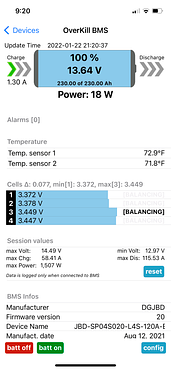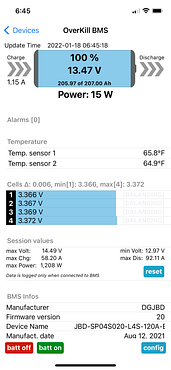Vigo
Solar Addict
I think the marine situation is different because they have less or no 'ambient' airflow in the engine bay to cool the alternator with, and they are almost exclusively idling which means the internal fan is at its slowest. Cars typically only do alternator charging while moving, or even if they are idling there is a large fan either on continuously (clutch fan) or at least intermittently (electric fan) so the alternator isn't stuck in 'stagnant' air. That's just a guess as i know a lot about alternators but very little that is specific to boats.
As you mentioned i think *in a car* almost all alternator charging 'durability' problems are fixed by just paralleling a lead acid to the lithium because then you never have the possibility of the BMS tripping and the alternator output having nowhere to go and suffering a massive spike. I dont think the situation of someone sitting still for 4 hours trying to alternator charge a 5kwh bank happens very often in land vehicles.
As you mentioned i think *in a car* almost all alternator charging 'durability' problems are fixed by just paralleling a lead acid to the lithium because then you never have the possibility of the BMS tripping and the alternator output having nowhere to go and suffering a massive spike. I dont think the situation of someone sitting still for 4 hours trying to alternator charge a 5kwh bank happens very often in land vehicles.




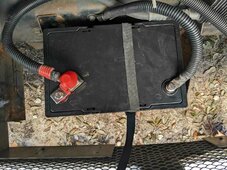
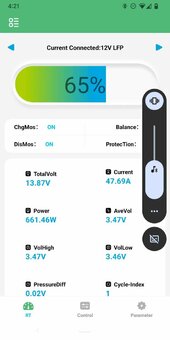
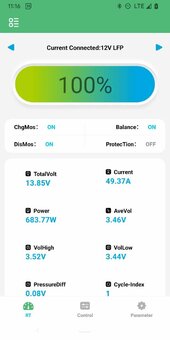
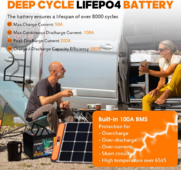

_IMG_4225.HEIC?width=960&height=720&fit=bounds)
